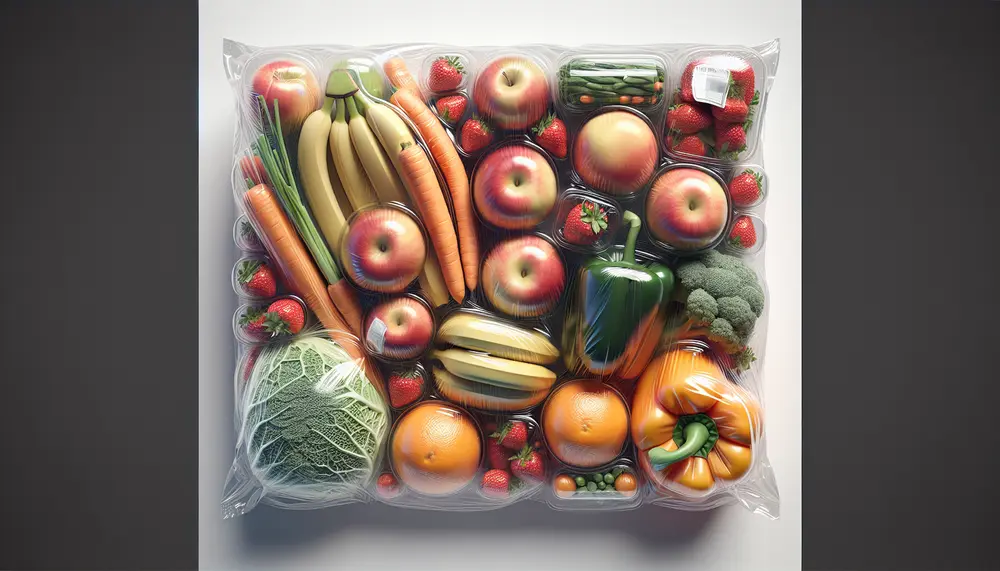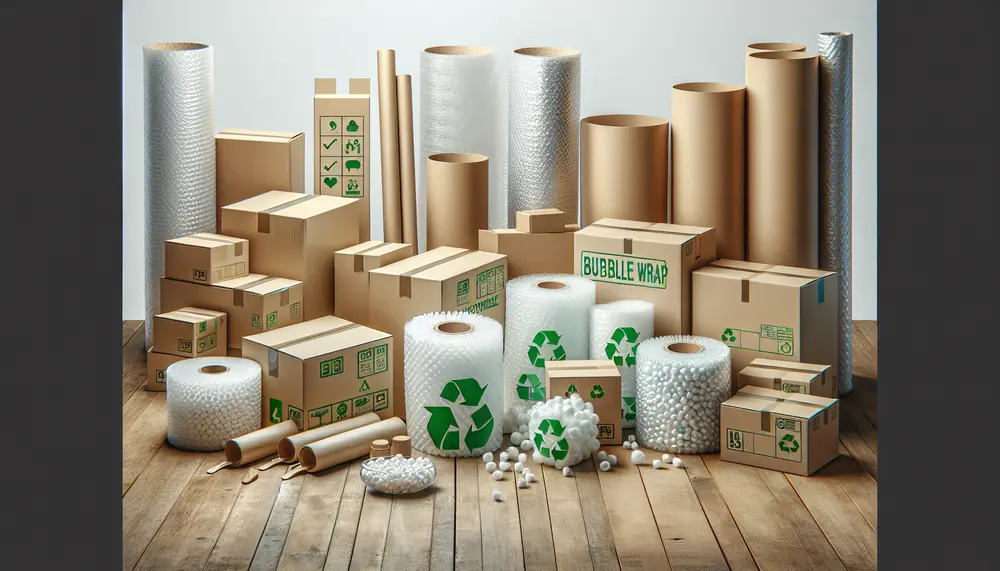Packaging Regulations
Packaging Regulations
Packaging Regulations
Packaging Regulations are rules and guidelines set by governments and organizations to control how products are packaged. These regulations ensure that packaging is safe, environmentally friendly, and informative for consumers.
Why Are Packaging Regulations Important?
Packaging regulations are crucial for several reasons. They protect consumers by ensuring that packaging is safe and does not contain harmful materials. They also help in reducing waste and promoting recycling, which is vital for environmental protection.
Types of Packaging Regulations
There are different types of packaging regulations. Some focus on material safety, ensuring that the materials used in packaging do not pose health risks. Others focus on labeling requirements, making sure that packaging provides necessary information like ingredients, usage instructions, and expiration dates.
Compliance with Packaging Regulations
Companies must comply with packaging regulations to avoid legal issues and fines. Compliance involves following the guidelines set for materials, labeling, and recycling. Regular audits and updates are often required to stay compliant with changing regulations.
Examples of Packaging Regulations
One example is the European Union's Packaging and Packaging Waste Directive, which aims to reduce packaging waste and promote recycling. Another example is the U.S. Food and Drug Administration (FDA) regulations, which ensure that food packaging is safe and properly labeled.
Impact on Businesses
Packaging regulations can impact businesses in various ways. They may need to invest in new materials or change their packaging designs to meet regulatory standards. However, complying with these regulations can also open up new markets and improve consumer trust.
Blog Posts with the term: Packaging Regulations

Packaging regulations are crucial for businesses involved in the manufacture, distribution or sale of packaged goods. They protect consumers and support fair competition by governing every aspect of packaging from design to label information. Compliance with these rules is essential...

Packaging in agriculture is crucial for protecting produce from farm to market, maintaining quality and freshness, and enhancing logistical efficiency. It reduces waste, ensures food safety, aids branding, and supports global trade by enabling access to wider markets....

The German Packaging Law (VerpackG) aims to reduce packaging waste by holding producers and distributors accountable for the recycling of their product packaging, with strict compliance enforced through registration and reporting via the LUCID portal. All businesses introducing packaged goods...

Ensuring compliance in pharmaceutical packaging is essential for product integrity, patient safety, and regulatory approval. This article outlines key guidelines from major regulatory bodies like the FDA, EMA, ICH, WHO, and USP that govern material selection, design standards, labeling requirements,...

EU packaging regulations require businesses to minimize waste, enhance recyclability, and reduce hazardous substances. Compliance with the Packaging and Packaging Waste Directive is essential for market access in the EU....

Packaging materials range from traditional paper and glass to modern bioplastics, each with unique properties affecting product safety, cost-effectiveness, and environmental impact. Selecting the right packaging is crucial for brand identity, customer satisfaction, and sustainability; factors like protection needs, branding...

Packaging for fruits and vegetables is crucial in ensuring produce reaches consumers fresh, extends shelf life by controlling moisture and airflow, protects from contaminants, and maintains hygiene. The choice of packaging materials like corrugated boxes or breathable bags depends on...

Packaging solutions in New Zealand are essential for product integrity, safe distribution, and brand identity; they must be durable for long transits and increasingly sustainable to meet consumer expectations. Quality packaging is crucial as it protects goods during shipping, enhances...

The packaging industry is governed by a complex legal framework aimed at ensuring safety, health, and environmental protection. Key regulations include material restrictions like RoHS and REACH, compostability standards such as BPI certification, and heavy metal limitations under CONEG legislation. Regulatory...

Packaging design is crucial for product protection, branding, and consumer engagement, involving elements like material choice and functionality that align with brand identity. It's a strategic tool in branding, creating emotional connections through visual/tactile cues and differentiating products in competitive...

Packaging plays a strategic role in supply chain management, influencing efficiency, sustainability, and customer satisfaction. It involves considerations of design for protection, space optimization, branding, regulatory compliance, and the use of eco-friendly materials. Efficient packaging enhances supply chain flow by improving...

A Food Grade Packaging Statement is a declaration ensuring that packaging materials are safe for direct contact with food and comply with safety standards to protect consumer health. It includes information on material types, suitability for specific foods, and safety...

Kebab packaging requires durability, functionality, and safety to maintain freshness and flavor; materials like Kraft paper and sugarcane pulp are popular for their sustainability. Eco-friendly options such as Bagasse and recyclable Kraft paper align with consumer environmental concerns, while personalized...

Sustainable packaging minimizes environmental impact through eco-friendly, efficient, and recyclable materials. It addresses pollution concerns, meets consumer demands for green practices, and provides competitive advantages to companies. The evolution of eco-friendly packaging has progressed from reducing material use to introducing biodegradable...

Packaging plays a crucial role in product success, influencing brand recognition, consumer experience and ensuring safety during transit. It involves understanding the product's specific needs including dimensions, fragility level, weight and transportation process as well as regulatory compliance to protect...
